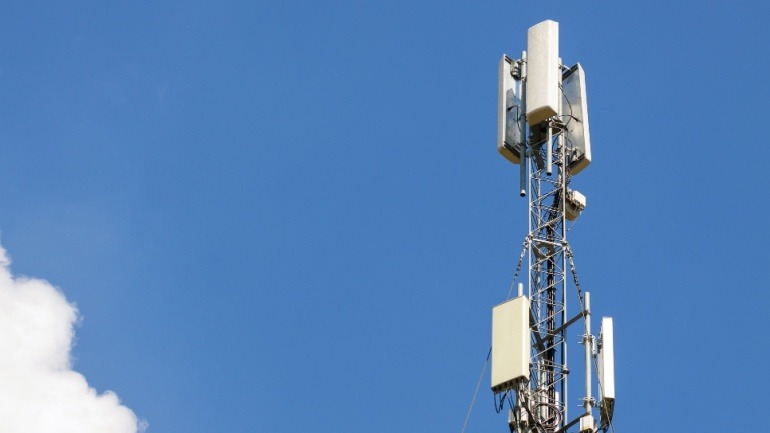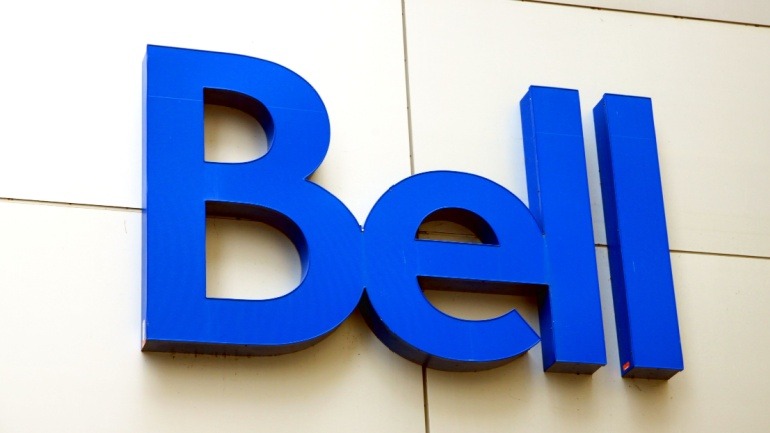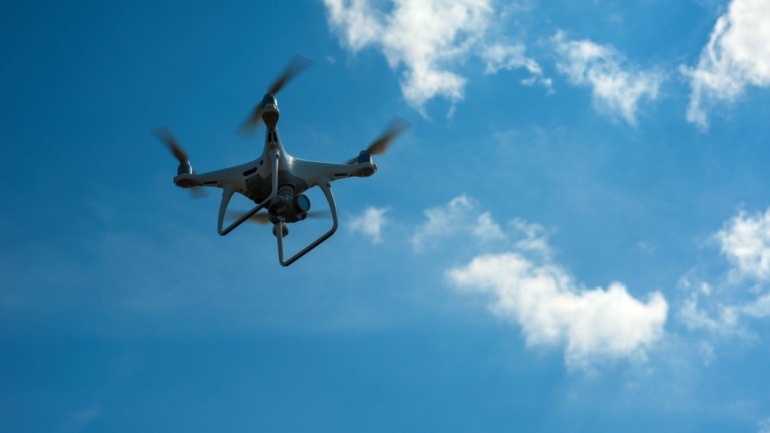One NZ has surpassed 2 million messages sent via its Starlink-powered satellite texting service, Satellite TXT. As the first to launch in New Zealand, usage has soared—especially after opening access to prepaid users. With fast delivery and wide coverage, it offers vital connectivity in remote areas.
Hong Kong is subsidizing 5G base stations in rural and remote areas to boost mobile coverage and promote smart tourism. The scheme, backed by up to HK$200 million, targets isolated villages and country parks, aiming for 98 percent coverage on major hiking trails.
Indosat is using Nokia’s AI-based energy solution to cut emissions and boost efficiency across its mobile network. The system uses machine learning to manage traffic loads and reduce power usage during low-demand periods, marking a major step in the operator’s shift toward sustainable, tech-driven operations.
CityFibre has begun connecting homes in Buckinghamshire under Project Gigabit, showing progress as many smaller providers exit similar deals. The rollout is part of a larger government contract to expand fibre broadband, while other firms struggle to stay afloat in a tough market.
Bell Canada has sold its stake in MLSE to Rogers, using the proceeds to fund its expansion into the US fibre market. The move aligns with Bell’s strategy to focus on fibre and 5G while retaining key sports content rights through TSN.
Vodafone teamed up with Manna to test how mobile networks can support long-range drone deliveries. While Manna already operates successfully in Ireland and abroad, this collaboration aims to tackle air safety and regulatory hurdles for broader rollout.
Orange France and Samsung have successfully completed the first vRAN and Open RAN calls in southwestern France, marking a significant leap in telecommunications. By utilizing Samsung’s vRAN technology, Orange is advancing its mobile infrastructure into real-world application.
Deutsche Telekom has launched T Cloud, a unified platform delivering customizable cloud solutions tailored to European enterprises. Alongside a partnership with Nvidia to build Europe’s first industrial AI cloud, the company aims to provide secure, sovereign digital infrastructure supporting regulatory compliance, industrial innovation, and technological leadership.
Oracle’s exponential growth in the MultiCloud sector underscores its ambition to lead the cloud services industry. CEO Safra Catz’s confidence is backed by a 70% projected surge in Oracle Cloud Infrastructure revenues.
The U.S. Department of Justice has approved HPE’s $14 billion merger with Juniper Networks under strict conditions. To maintain market competition, HPE will divest key wireless networking assets and license Juniper’s AI software. The deal aims to boost U.S. technological leadership while addressing antitrust concerns.













